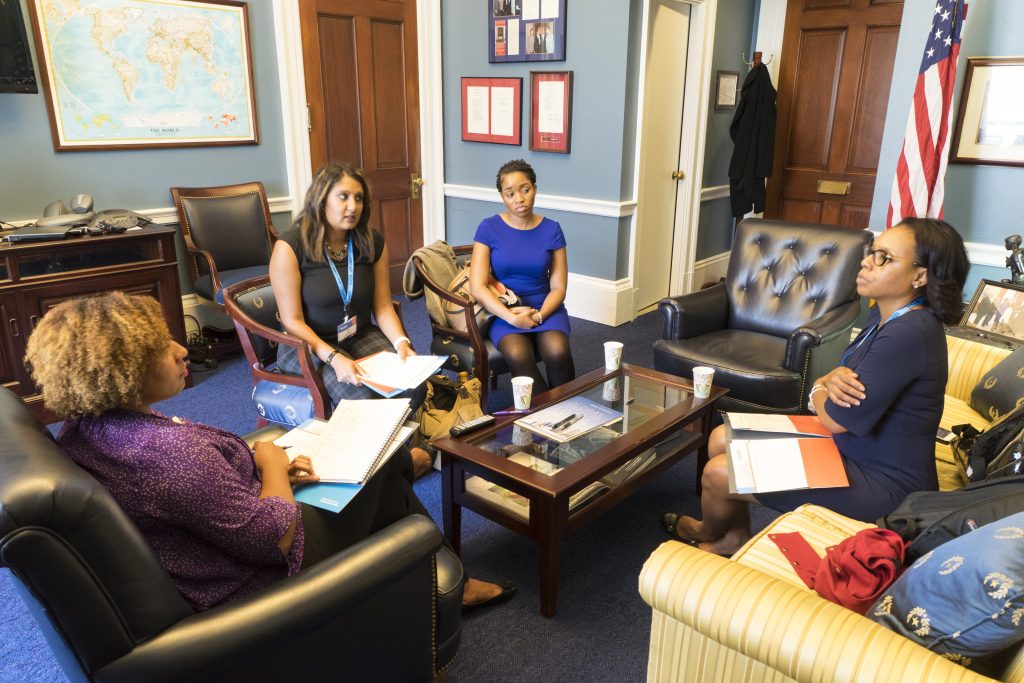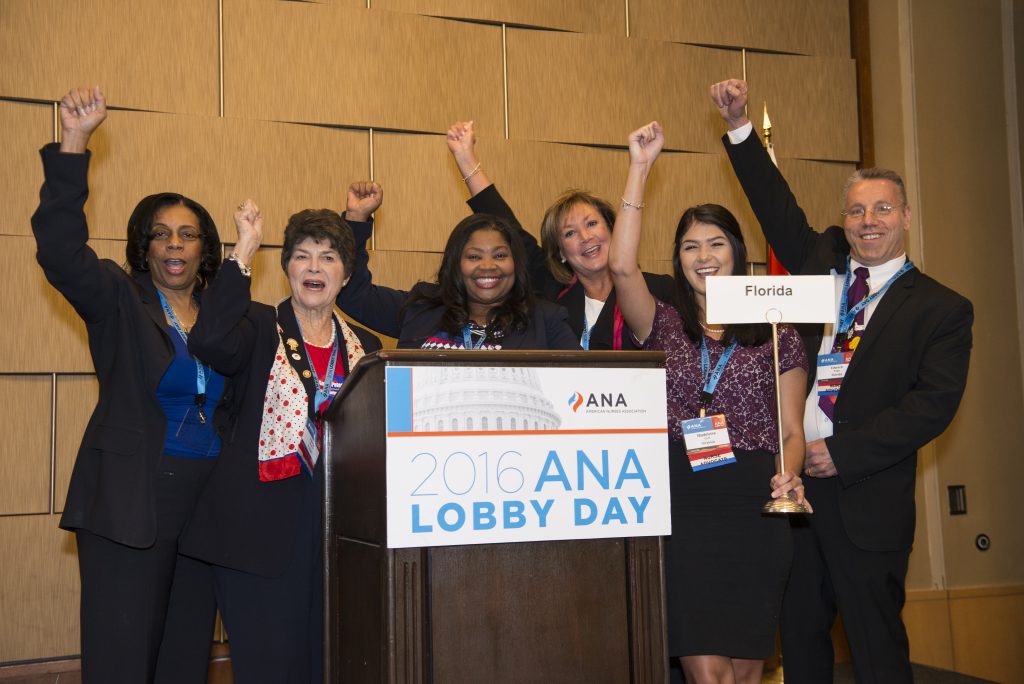A behavioral health facility in Colorado was recently fined nearly $12,000 and given 15 days to make the premises safe from workplace violence (WPV). The citation came from the Occupational Safety and Health Administration (OSHA), which found workplace hazards that exposed staff to physical threats and assaults by patients. The hazards were so great that nurses and other direct-care staff were experiencing concussions, broken skin, bruising, scratches, sprains and strains, and head injuries.
In the citation notice, OSHA ordered the employer to remove these hazards. Specific steps included implementing a comprehensive WPV prevention program, remodeling nurse stations, equipping staff with devices to call for help, continuously monitoring security cameras, and setting up procedures to notify affected staff of incidents and risks of WPV.
OSHA citations are somewhat rare for WPV issues that affect nurses, despite the fact that health care workers experience workplace violence at a rate 5-12 times higher than other workers. Nurse advocates would like to see stronger federal actions, which would reduce WPV hazards while driving employers voluntarily to adopt meaningful prevention programs. ANA is supporting a bill in Congress that would require OSHA to develop enforceable standards specifically for WPV in health care. To tell your federal lawmakers why it’s so important they support this legislation, please click here.
As the citation in Colorado shows, however, OSHA is willing to use its general enforcement power when inspectors hear about egregious cases that risk workers’ lives and physical safety.
Does it have to go that far before something is done? No, certainly not.
Nurses are engaged everyday with co-workers and employers in efforts to prevent WPV. It is, after all, a nurse’s ethical duty to help foster an overall culture of safety and civility for everyone in a care setting. ANA has created a treasure trove of resources to support nurses who want to take a more active role in making their workplace safer.
Yet when a true culture of safety is not achieved, federal oversight may be necessary to prevent WPV. Nurses have a right to complain to OSHA about WPV incidents stemming from unsafe situations, as well other hazards. It’s best for complaints to be specific about existing hazards and name the workplace injuries or health impacts that have occurred. If you are thinking about filing an OSHA complaint, this brief Fact Sheet from ANA will tell you more about the process and link you to important information.
To learn more about what ANA is doing to #EndNurseAbuse, contact Policy and Government Affairs at gova@ana.org.



